Veterinary Science: preventing colic
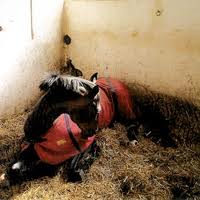
Those who are part of the equestrian world (grooms, owners and riders) know that colic pain is a situation best avoided. Colic is in fact one of the most frequent causes of death in horses, striking suddenly and you need to be prepared and quick to treat it. Here are some tips that will help prevent and substantially reduce colic over time:
1 – The first step is to make sure that the horse always has clean and fresh water (changed at least once a day).
The intake of water is essential for digestion, especially when a horse regularly consumes large quantities of hay. The water ensures that the hay doesn’t remain dense and form a block in the stomach of the horse. If you notice the drinking bucket is dry or with a few inches of water, it means that the horses is not drinking enough. The ideal solution is to install an automated one: the water is then available every time the horse needs it and is always fresh, greatly reducing the work of the groom.
Often horses have the habit of even consuming the straw-bed on which they sleep, so if your horse has straw bedding, you should be even more careful to ensure that there is enough water in order to prevent bowel obstruction.
2 – The second bit of important advice is about general maintenance.
The horse must go out every day: the movement reduces the risk of colic. If you can’t, make arrangements but do not leave it in the stables. A horse is biologically designed to graze, so spending too long in the stables goes against its nature and could be damaging. Movement is suggested after meals providing that they do not sweat, so as not to interfere with digestion. The chances of colic are higher in stables where the horses are left in the stall than those where they are left in the paddock, because in the latter case the horses have the ability to roam freely and constantly.
3 – Diet. Varying the type or amount of food too quickly can lead to bouts of colic, so it is a good idea to contact a nutritionist who will indicate the correct food portions in line with the type of work the horse does.If you want to pass from the stall to an open pasture do so gradually: if your horse is not used to grazing they will graze too much and become ill as their stomachs are not used to it. Start with just one hour or two a day, then a few more hours until they can stay out all day long.
4 – Vermifuge or deworming. Even intestinal worms can cause colic, so it is a good idea to submit your horse to periodic deworming, but always consult your vet beforehand.
5 – When moving a horse into a new structure, always be careful to evaluate the centre’s profile where you wish to register: management and above all diet. Avoid riding centres that leave the horses for most of the day in the horse stall, ensure there are adequate sources of hydration, check that the food provided is suited for your horse. Alternatively, take care when switching to a new diet and do so gradually, as explained above. Do not over-feed a horse carrots as doing so risks overloading the digestive system and therefore colic.
6 – Do not move a sweaty horse from the horse stall. In winter, but especially in the transition seasons when temperatures are unpredictable and constantly changing, take care to ensure the horse is dry. To do so you can use a soft cloth. A fleece blanket to prevent your horse from getting cold during the movement stage is also advisable.
With these tips you can avoid troubles and trips to the vet. What is more, your horse will thank you. In the next Equestrian World piece we will look at treating colic.




.png)



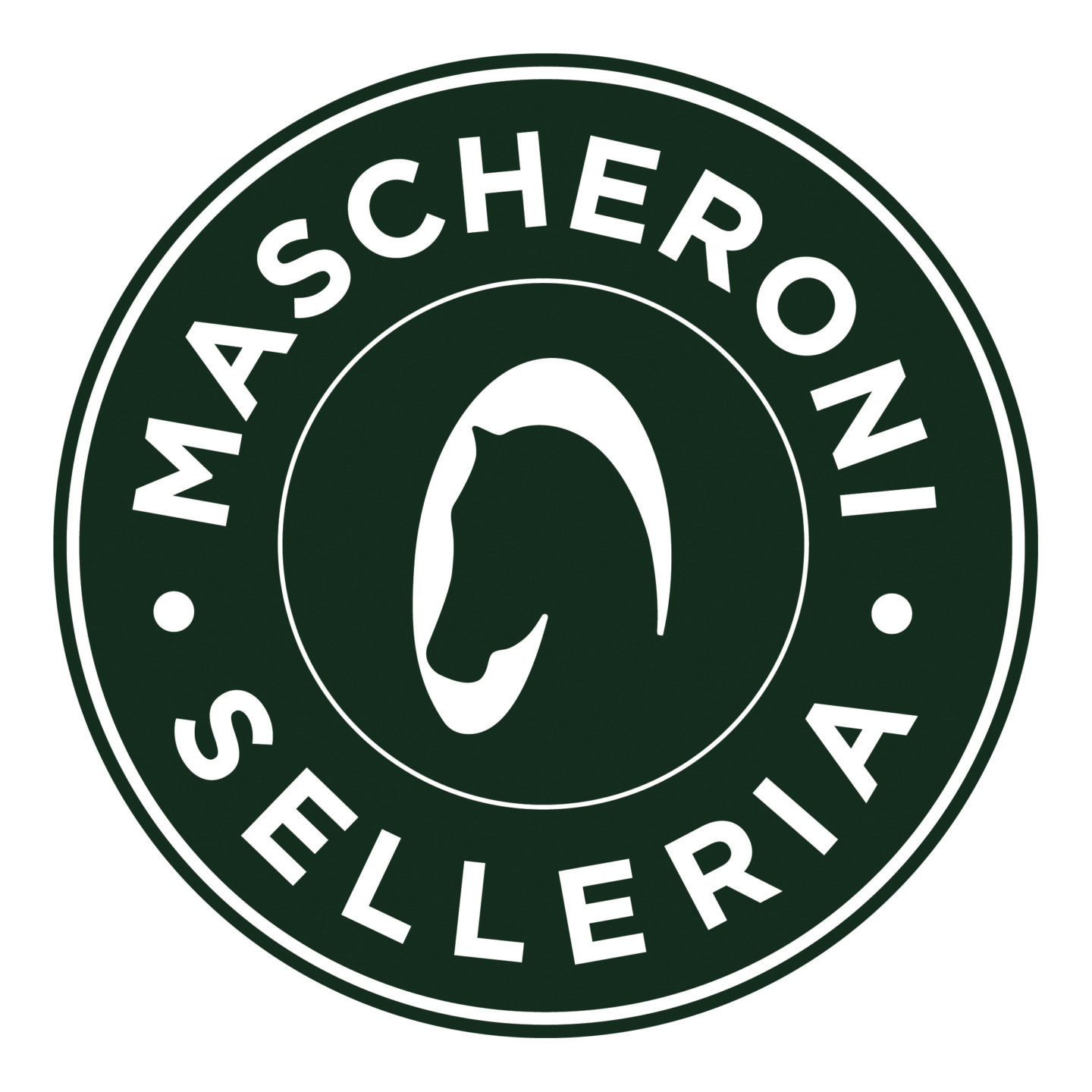
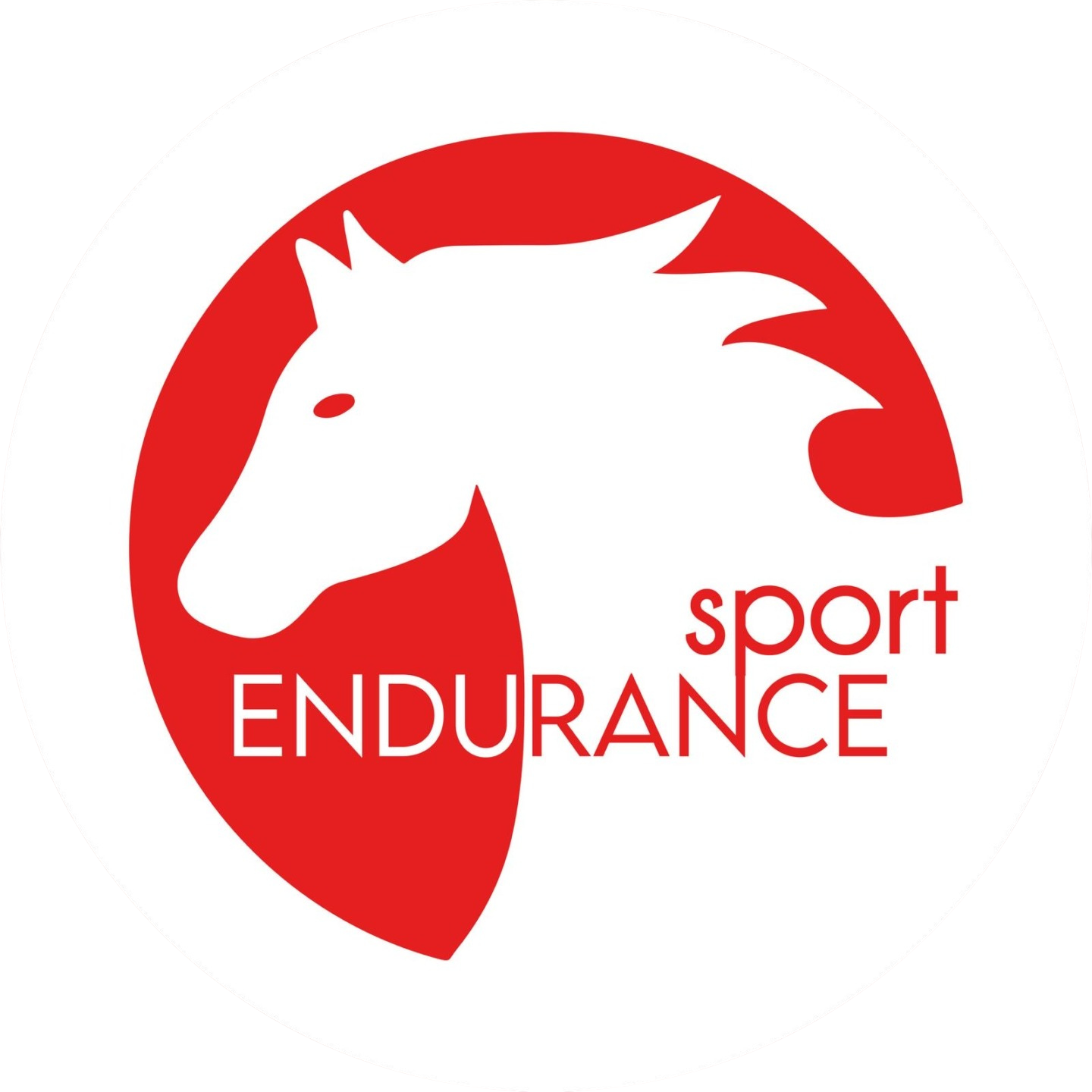




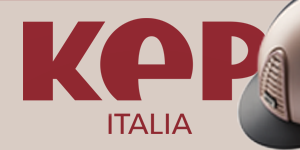
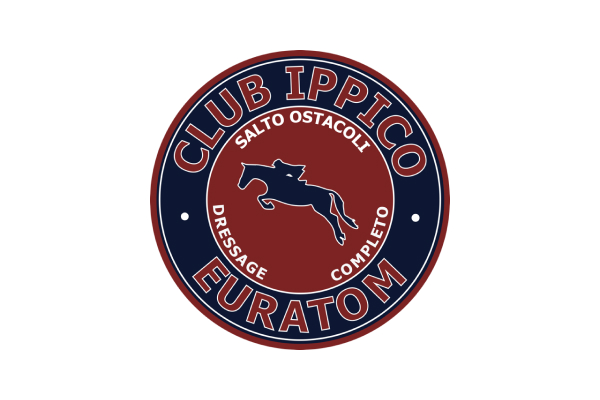
(1).png)